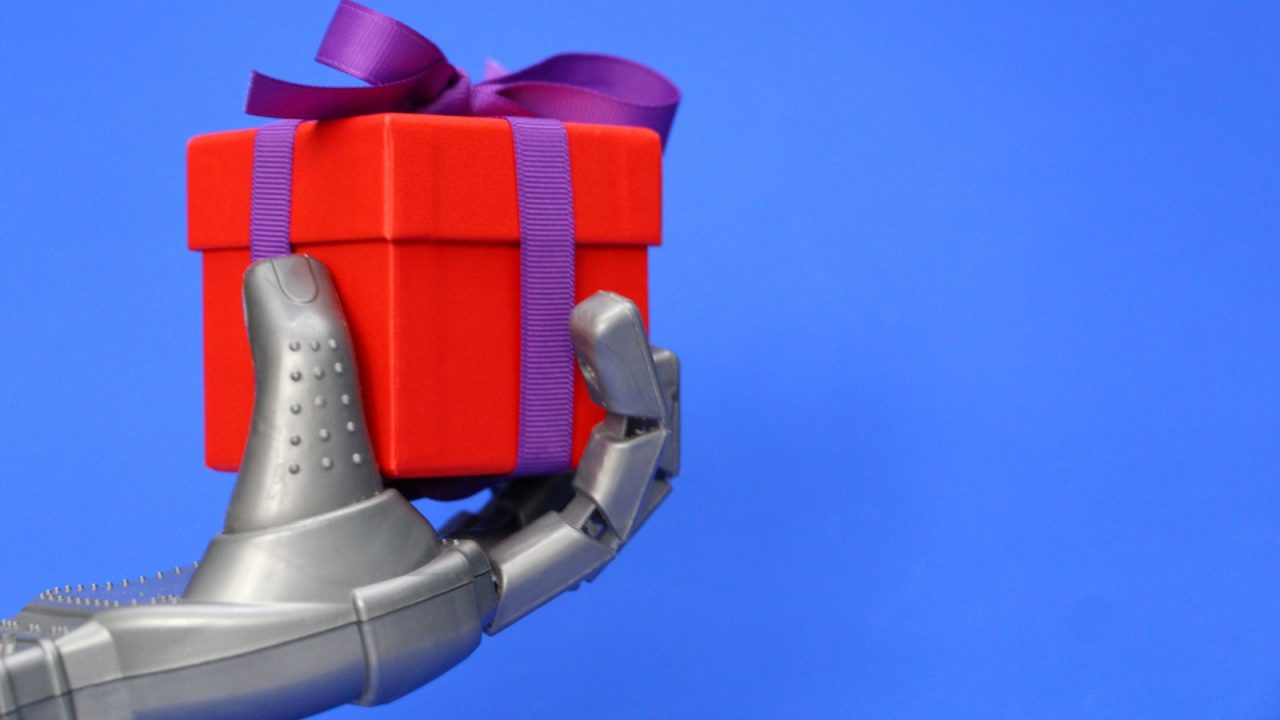Your browser does not support the video tag.
Editor’s Note: This article is the second in the Construction Tech Talks series, highlighting technology trends and digital transformations from the perspective of industry leaders. Conducted by Vince Vasquez, founder and CEO at PrecisionStory, this valuable enterprise takes the form of both an audio interview with a forward-thinking, tech-savvy CEO and an accompanying article that seek to illustrate how to leverage complex technology via the exploration of successful use cases.
When discussing tools for the “Digital Contractor,” augmented reality (AR) glasses are a popular subject; however, the narrative often sounds conceptual, futuristic and stuck in the piloting stages.
Not so at Hensel Phelps, where Thai Nguyen serves as director of virtual design and construction. At one site alone, the company has 57 HoloLens Augmented Reality glasses in daily use, he says.
Hensel Phelps’ journey evaluating AR glasses all began with a commitment from its leadership to kick off the discovery process. Then, in late 2018, following several HoloLens demonstrations, early users adopted and tested a few units. Consensus was that the avoided rework, after only two weeks of use, was already enough to pay for the units—and so 20 more were ordered.
Today, the company uses the HoloLens for a number of applications, ranging from design through owner handoff.
Design and Install Validation
The primary use case has been validating a project’s design and installation. The virtual design and construction team at Hensel Phelps spends months coordinating and locking in building models to assure that virtual content that has been evaluated and agreed upon by everyone before installation. This includes work done in prefab.
For example, at a jobsite without AR glasses, Hensel Phelps was able to identify approximately 10 daily challenges where efficiencies could be created. Now, with the AR technology, Hensel Phelps is now able to pinpoint these challenges sooner, and many of times, avoid issues altogether. To put this into context, resolving 10 similar challenges per day would typically take Hensel Phelps 12 workhours. By leveraging AR, they now spend approximately a half hour a day resolving the same issues. Therefore, the use of AR glasses is saving almost 60 hours a week on that one jobsite alone, providing an incredible ROI for the company and the owner.
As another example, if incorrect prefabricated components arrived onsite, Hensel Phelps would have to ship the components back to the subcontractor and wait one to three business days for the correct prefabricated section to arrive. This not only caused delays to the overall schedule, but also wasted money. These errors have been largely eliminated with the use of the AR glasses.
Schedule Tracking
With AR technology in the field, Hensel Phelps can quickly select components and track the installation process. In fact, the technology generates a weekly installation report that Hensel Phelps uses to update schedules.
Quantity Verification
Hensel Phelps is also using AR glasses for quantity verification. By selecting components in the field, they are able to tabulate the linear footage of systems to verify if ordered quantities have been received and what inventory currently exists onsite.
Facilities Operations
Lastly, Hensel Phelps has been experimenting with utilizing the same metadata in their models to assist owners with managing facilities. For instance, by looking at a boiler with AR glasses, users are able to get commissioning, operations and maintenance information. They can even get training videos that will walk owners through managing the exact assets currently in the field.
Nguyen believes that owners are getting even more progressive in using AR glasses, starting with design all the way to ongoing operations. For instance, the AR glasses allow owners to get a sense of the design prior to any construction; to see how a green build sits onsite; what views look like from certain rooms; or how retrofitting will integrate with the existing facility.
Is AR only for Large Contractors?
Nguyen says that AR technology is cost-effective for small and large projects. He estimates that, adding in the cost of software, it costs an average contractor approximately $10,000 per year to utilize AR technology for day-to-day work.
What’s Next?
Nguyen believes AR glasses will evolve like cellphones as each new version becomes more robust in capabilities and smaller in size; they will become like a pair of eyeglasses that anyone can wear, he says.
Practically, Nguyen believes that the use of AR glasses at construction sites will grow tremendously over the coming year. The key factor will be disseminating the technology to those in the field, where their ingenuity can be combined with the technology’s capabilities to really spawn innovation.
As Nguyen continues: “It’s in the field, where these applications are getting deployed, where innovative concepts are just pouring out from users and giving software developers many new ideas to help grow the capabilities of the next-generation products.”







